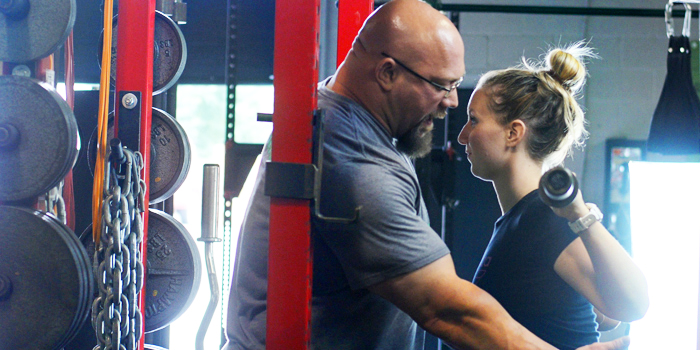
Before this article, two people might have argued that one squat was better for athletic development than another because it was deeper. This argument may have been nonsensical, as both squats may have been done through the exact same range of motion, in two different squatting styles. You can see how this might keep us moving in circles for years to come. Hopefully, this article series stops this ridiculousness. Like I have said repeatedly, this article series does not take a side on what style or range of motion is better. It merely allows our industry to finally analyze and evaluate squats correctly for athletic development. Part one showed why “depth” and “parallel” are arbitrary and have no place anywhere but in the sport of powerlifting. In part two we will establish common definitions for evaluating different squatting styles and ranges of motion for athletic development. This commonality will allow our whole industry to get on the same page and hopefully make some giant leaps forward.
RECENT: The Squat and Athletic Development — How We've All Been F*cking It Up
When I presented this concept to Dave Tate about a year ago, his mind was blown. Dave called me 12 hours later, telling me he could not stop thinking about it. He couldn’t believe that no one had ever pointed out this simple fact about the occlusion of the ankle in analysis. The great squatter Chuck Vogelpohl, who has taught me more technical information about squatting for powerlifting than anyone, could also not believe that this fact had been overlooked for so long. Chuck also agreed with me that it is time that this misperception be changed.
The three main elements that we must define to look at squats through a proper lens for athletic development are ankle flexion, stance, and knee flexion, with ankle and knee flexion being the most important for the purposes of this article series. I would like to note that we also look at hip flexion or trunk angle when we are squatting for athletic development. I do not cover it here because, if we clearly define what is happening in the ankle and knee joint, then the third joint, the hip, must fall in line with what the other two joints are doing. This is assuming that we are keeping a relatively neutral spine when we squat.
So let’s commence to create standard definitions for the squat in athletic development. These terms will finally allow us to build an industry that speaks a common language and uses the proper lens to assess the squat for our athletes.
First, we need to define the biggest and most overlooked element in the squat and that is ankle flexion. My simple mind looks at the ankle and describes what I see as shin angle or alternatively, for all you nerds out there, dorsiflexion. The picture on the left has been classified incorrectly by many people as a powerlifting style of squatting. Much like applying powerlifting to knee flexion, doing so to ankle flexion is an arbitrary term with no relevance. It does not tell us what is happening with this athlete’s ankle range of motion in this squat. To truly classify what type of squat the athlete is doing, we need to specifically identify what the ankle joint is doing. For this reason, I have classified the squat on the left as neutral shin angle (NSA) squat and the squat on the right as a positive shin angle (PSA) squat.
Next, we will look at squat stance. Again, I am not telling anyone what the best style squat for athletic development is. I am merely trying to get us all on the same page as an industry so we can define and see the squat through the same lens. Without this common base, we can go no further and discuss or research regarding which squat style is the best for athletic development. Stance is simple: the squat on the left is a wide stance squat and the squat on the right is a close stance squat.
If you were looking at the squat above and thinking “that is a powerlifting style squat”, you are misinformed. A wide stance or close stance has nothing to do with powerlifting. They are just different styles of squatting that someone may choose. The squat below may get passed in a powerlifting meet, where the squat on the right wouldn’t, but that does not make it a powerlifting style squat. It just means it passes the sporting requirements for the squat in the sport of powerlifting. The reason it is not a “powerlifting” style squat is that in a powerlifting meet, you can squat in any manner you choose as long as you achieve the parallel standards set by the federation you are competing in. Don’t believe me?
Look at the pictures below. On the left is Malanichev squatting about 1,000 pounds with his close stance style and on the right is Chuck squatting around 1,000 pounds with his wide stance style. Both are world-class powerlifters, with vastly different styles. This shows that using wide and close stance descriptors for squat styles as opposed to the generic “powerlifting style”, is a much more accurate depiction of what style of squat is being used by our athletes.
Last and certainly not least, let's once and for all define the joint angle ranges of motion for knee flexion and create accurate terms that describe them. Again, we are not discussing which is better for athletic development, just how we define the ranges of motion in a correct and common language.
Let’s start with the infamous partial range of motion squat. Notice, I did not call it a quarter squat, because that term only applies to competitive powerlifters. For athletes, that term should never be used, as it is an arbitrary term that defines no constructs of the range of motion reached or style of squat used. In the picture on the left, the athlete is doing an NSA partial squat. In the picture to the right, the athlete is doing a PSA partial squat. We know they are both partial squats because the athlete is only reaching 40-60 degrees range of motion at the knee joint. This 40-60 degrees range of motion at the knee joint is what classifies them as partial squats. This is an extremely critical fact we must understand. For athletic development, we must judge the range of motion the knee joint passes through to assess what ranges of motion the athlete will gain performance in. This range of motion can’t be based on arbitrary terms; they must be based on actual joint angles, and that is what we are doing with these definitions.
Again, these two movements look vastly different, but they are happening in very similar ranges of motion. The PSA partial squat is actually happening through more range of motion in these pictures. Yet, they look completely different because they are being done in two different styles. One uses a neutral shin angle, and the other uses a positive shin angle. In every weight room in the world, the squat on the left should be called a NSA partial squat and the one on the right a PSA partial squat. This order is important because we first define what is happening at the ankle and then the knee flexion range of motion. You could obviously put the stance descriptor in front of the names as well. This would become more important from a research and programming standpoint as to specifically call out which stance of squat you want to be performed or are researching. For example: wide stance NSA partial squat versus close stance PSA partial squat.
Now that we have accurately defined the partial squat, let's move down the chain to the next range of motion squat that has been identified in our profession. You have seen this squat a lot in this series and it’s my favorite range of motion squat for obvious reasons. In the research literature, this next range of motion delineator is described as 95-100 degrees of knee flexion. It has also been referred to in our profession and in the research as a parallel squat.
Obviously, we can’t call it a parallel squat. If we did use parallel to qualify the joint range of motion, it would become very confusing with the sport of powerlifting’s definition. To eliminate this confusion we use a term that does correlate well with this joint angle, namely sports. The picture on the left is a great representation of a passing squat in the sport of powerlifting. The picture on the right is a great representation of the basic athletic position that we all were taught for sport. For these undeniable reasons, the 95-100 degrees of knee flexion squat for athletic development should be referred to as the sport squat.
With the joint range of motion clarified, we need to further qualify the stance and style of the squat so we are all on the same page. The picture on the left is of a wide stance NSA sport squat, and the picture on the right is of a close stance PSA sport squat. Again, although they are totally different in their look, they are the exact same range of motion squats. I will stop again and remind everyone that this is not a place to argue about which is better for athletic development. We are merely defining the terms we use to evaluate and analyze these squats for athletic development.
Lastly, let’s look at a full range of motion squat. Before we do this, we need to clear up what full range of motion is. This may be common knowledge or it may be a shock to some, but the full range of motion for each athlete is different. Yes, that is correct — there is no one standard for full range of motion squats for athletes. For a squat to qualify as a full range of motion squat, from a knee flexion perspective, it must be greater than 100 degrees, but there is no required maximum. After the 100 degrees, many factors such as hips, pelvis, lumbar spine, ankle mobility, injury history, and many others contribute to what should be defined as a full range of motion squat for each individual athlete. Assessing these factors is far beyond the scope of this article, but I need everyone to be on the same page so we can clearly define the new lens through which we look at squats.
You will notice in the full range of motion squat there is the least amount of variance between the two squats. On the left is a wide stance NSA squat and on the right is a close stance PSA squat. The PSA squat has more shin angle, but in order to go through a full range of motion in any squat, there must be some dorsiflexion at the ankle. Again, I am not advocating for one style or another for athletic development, just getting us all on the same page.
To recap this emotionally exhausting article series:
- There is no place for the terms “depth” and “parallel” anywhere except competitive powerlifting, as these terms are arbitrary for athletic development.
- There are wide and close stance squatting styles.
- There are neutral shin angle (NSA) and positive shin angle (PSA) styles of squatting.
- There are partial squats, which refer to a knee flexion range of motion of 40-60 degrees.
- There are sport squats, which refer to a knee flexion range of motion of 95-100 degrees.
- There are full squats, which refer to a knee flexion range of motion of greater than 100 degrees but with no defined maximum.
I said "emotionally exhausting article series" because it has been over a year's worth of testing and retesting for my conclusion. I have run this by sports scientists, powerlifters, and brilliant strength coaches that I highly respect. Coming to terms with incorrectly evaluating the squat for years has caused me great anguish and great joy. This subject has caused heated debates among close friends, but in the end, the undeniable logic of the facts wins out. In all, it’s been well over 100 hours worth of work to produce these articles. I truly hope that this series changes our industry and sets us on a path towards a better understanding of what is needed to benefit our athletes the most. In the very least, I hope it has changed your perception of what you should be actually looking at when evaluating and analyzing the squat for athletic development.









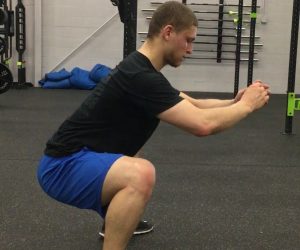
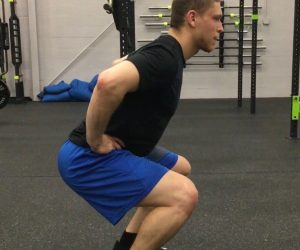
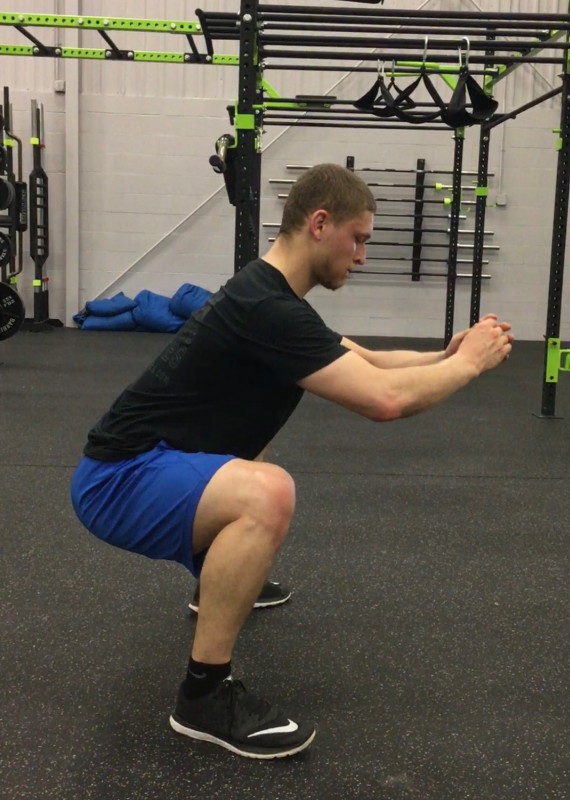
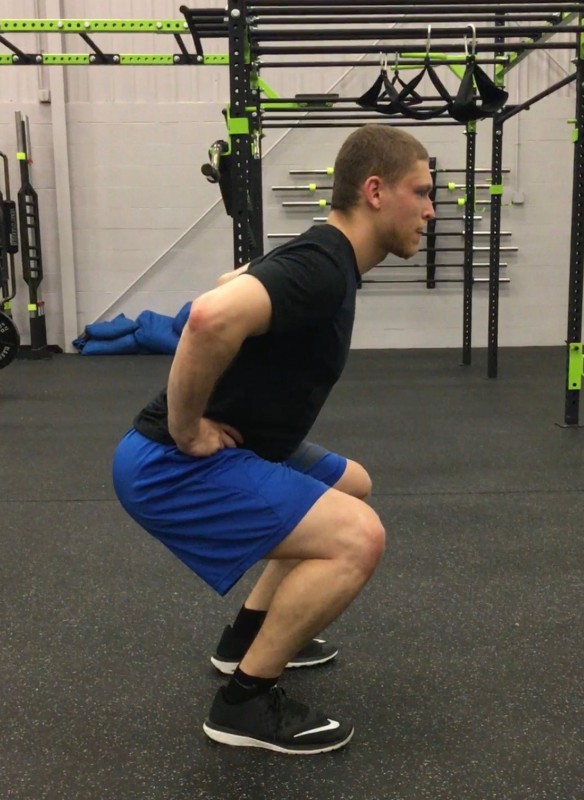
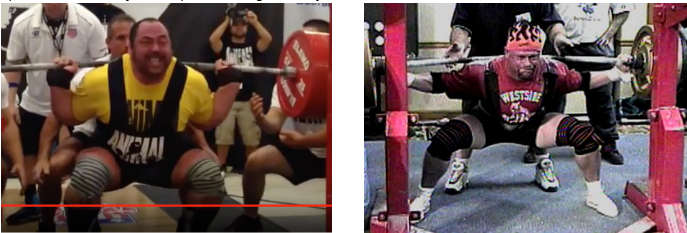
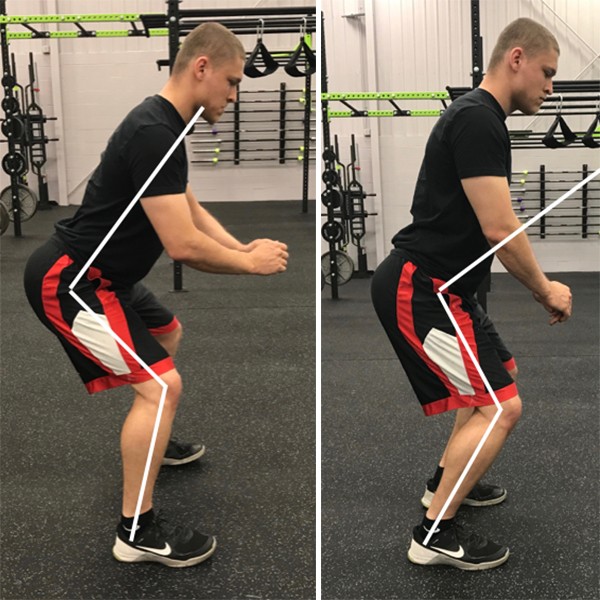
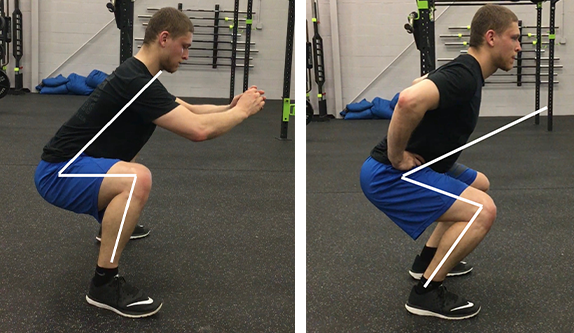
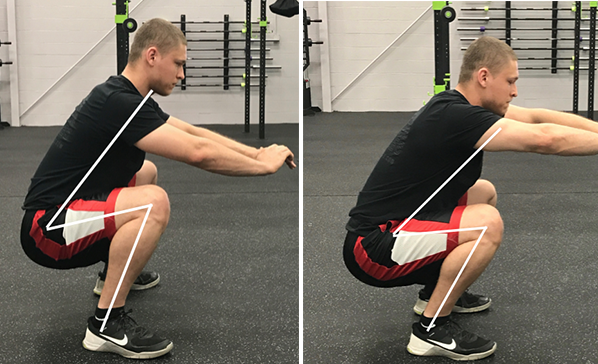
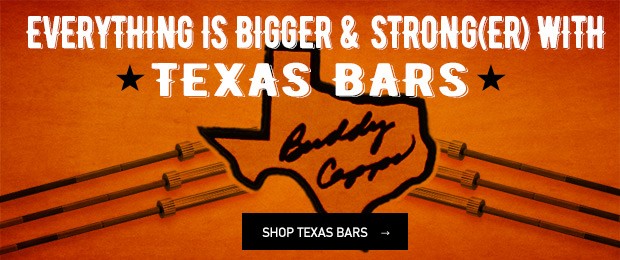
Thank you for sharing.
@Josh - The joint angles define. I have done some hack squat machines where you can use a wide stance and put your feet at the top of the platform, so it becomes more of an wide stance NSA sport squat. But most guys trying to build up the quads would you more of a close stance PSA full range.
For a free standing hack squat, again look at the ankles, not the exercise to define what is going on. As soon as you elevate the heels, you are taking away shin angle. The reason you elevate the heels in traditional thought is to compensate for poor dorsiflexion.
There are 5 parts to the squat series. Here is the 1st one:
https://www.youtube.com/watch?v=Av3LO2GwpAk&feature=youtu.be
I also didn't make it further because it uses one piece of steel to demonstrate the squat and we have 2 limbs, therefore completely ignoring an entire dimension or plane of the squat. This oversimplification is biomechanically inaccurate in that it ignores an entire plane of movement. Maybe they got into it further but also tendon insertion and bone length are not factored into this model.
The biggest thing is that these videos have almost nothing to do with this article which is defining what we are seeing in the squat, and creating common language for our field to use to we are all on the same page.
1. this idea has never been presented in this way, by anyone, show me the article, since you seem to say it is everywhere and everyone knows it. Link it here.
2. I doubt you are real and thusly fell for you troll, good job
3. please do something with your life besides troll legitimate articles
I do have one suggestion that could make squat analysis even more effective. You eluded to the fact that we will have to assign partial vs sport vs full depth to each individual to which I agree. Furthermore, in some of the above images the NSA and PSA are both positive shin angles if you consider the neutral to be defined as a 90 degree angle between the shank and foot. So, I would propose that we make definitions that include a number to represent the joint angle since NSA and PSA may be arbitrarily chosen and unique to each person.
For example, a wide-stance full-depth ankle-30 squat would represent 30 degrees of ankle flexion. I know it doesn't sound as nice to say but it is much more precise in its description and can be expanded to multiple joints (a wide-stance knee-100 ankle-30 squat for example). Would love to hear your thoughts on this JL whether as a response here or in an email. Thanks again JL!
I am curious about one point: hip flexion angle. I notice a substantial difference in the angle of hip flexion between the PSA and the NSA sport squat (I really enjoy these terms! :). With the glutes and hams being among the primary muscle groups incorporated into any style of squat, the higher hip flexion angle lengthens those muscles much more in the NSA squat (it would seem). So given the knee flexion angle is exactly the same, does increased hip flexion angle have much effect on "performance gained" in the different styles? I know the purpose of the article is not to decide which is "better" for athletic performance, but I'd love to hear your view on this portion! I am still a very young coach (CrossFit) with tons to learn, but I try my best to keep an open mind and soak up as much knowledge as I can when it comes to human movement and athletic performance!
Are you proposing a given sport assesses the ROM their athletes' ankles, knees, and hips go through in that sport, then we attempt to replicate that with a squat exercise? Or we at least need to first research if doing so is better?